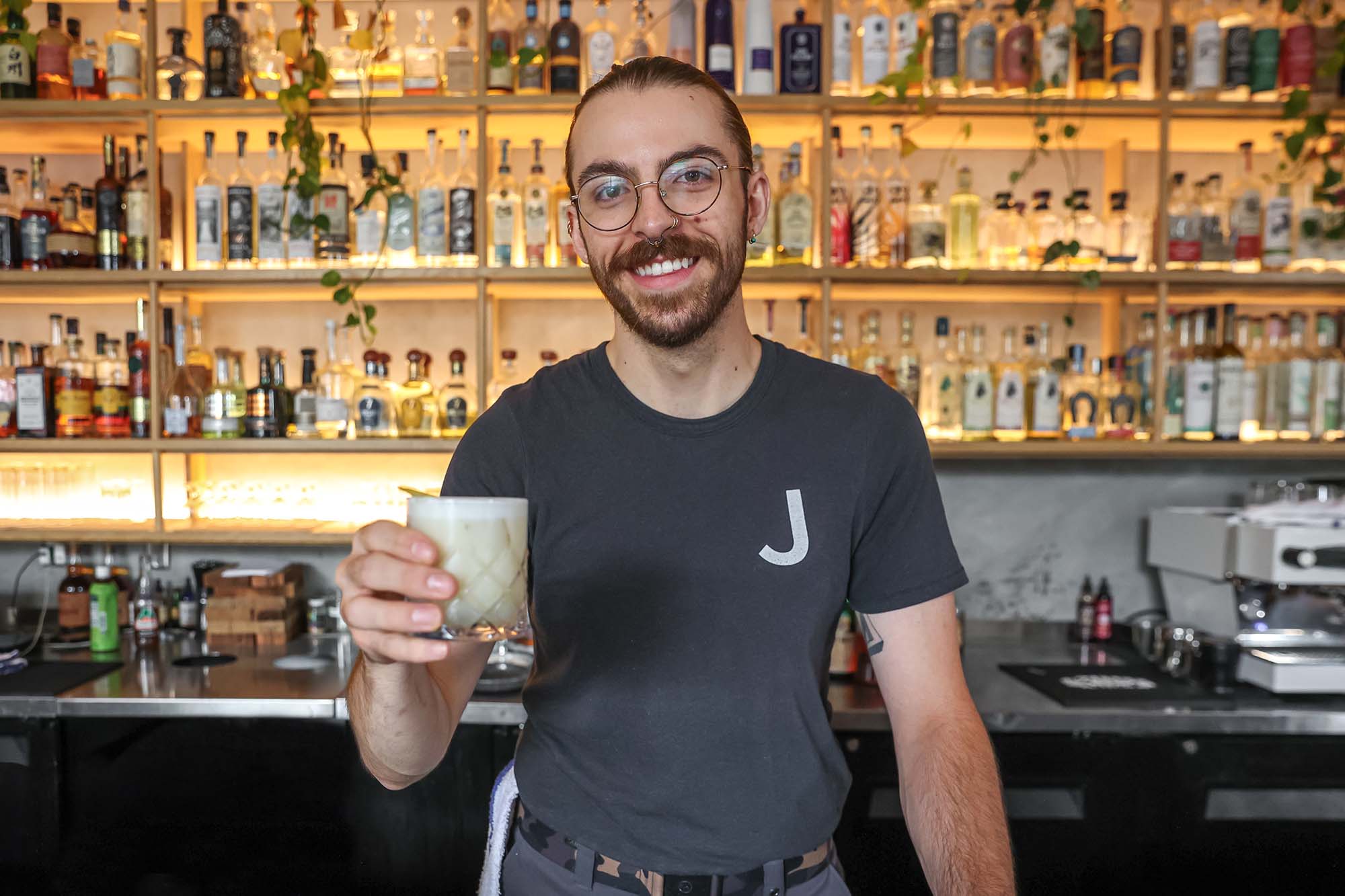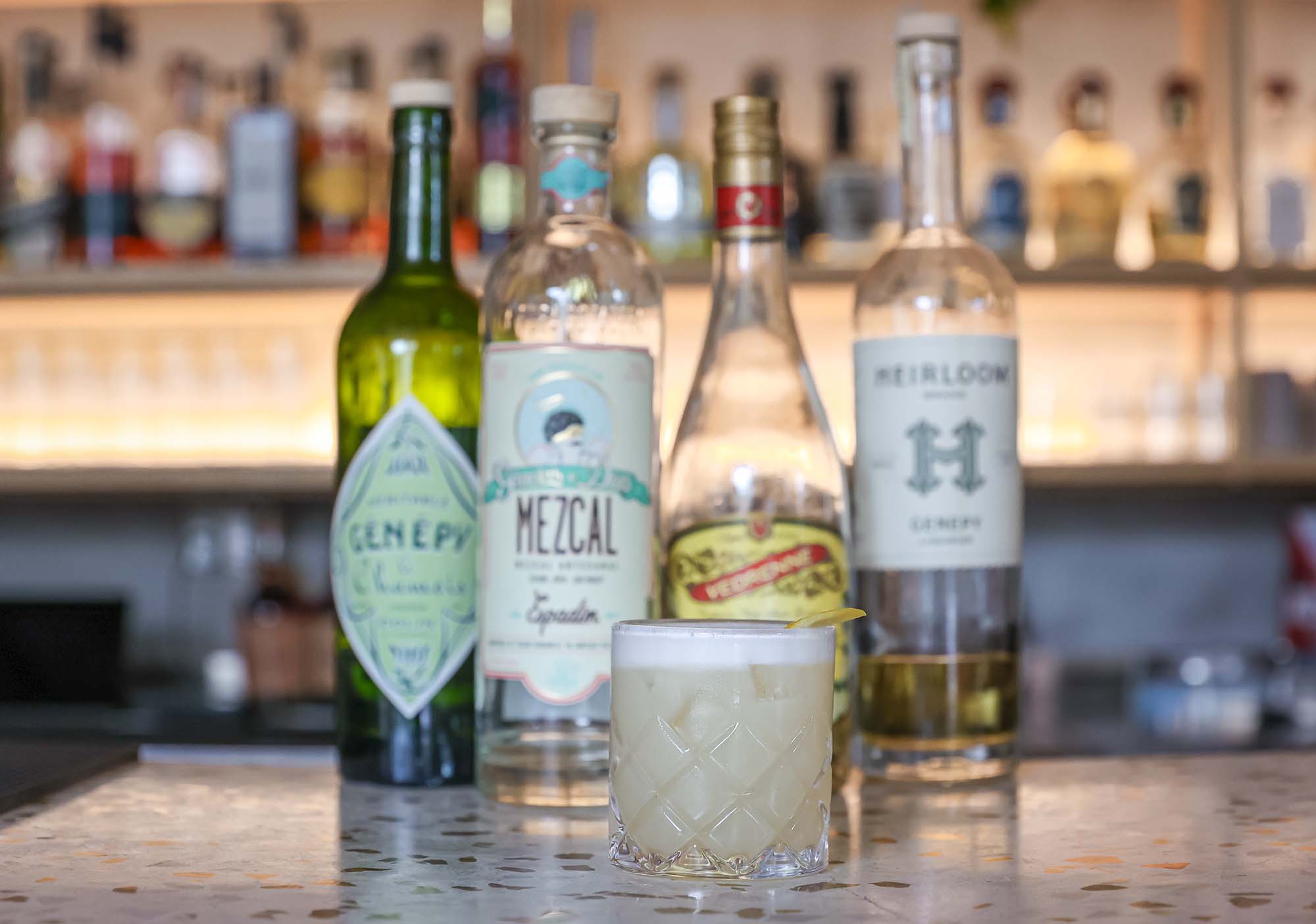From floral to fruity, dive into the diverse world of mezcal.
Often characterized as the scotch of tequila, mezcal — a distilled spirit made from the agave plant — is experiencing a surge of popularity in America. And with more varieties hitting the shelves that offer flavor profiles beyond the typically smoky undertones, it’s not hard to understand why.
For many people, their experience with mezcal involved one or two sips that convinced them the spirit wasn’t for them. It’s a misconception that establishments such as Estella Tacos y Mezcal in Reno hope to dash. The modern Mexican cantina cranks out creative street tacos that patrons wash down with any of its wide selection of mezcals, served neat, in flights and mixed in cocktails.
“It’s like wine. There are a lot of varietals, and there are different ways of processing it to bring out the flavors of the agave,” says Mason Kimmel, bar manager at Estella. “I’ve got very traditional mezcals, which are smoky on the palate and a bit abrasive. I’ve got mezcals that are incredibly light and floral and finish in the nicest way — like honeysuckle, lemongrass … and peaches.”
Some varieties smell like bouquets of flowers; others, blue cheese.
“The spectrum is gigantic,” adds Kimmel, who traveled to Jalisco, Mexico, this spring to experience the process of crafting mezcal.
Originating in Mexico, mezcal is made from the agave plant, a large succulent that usually takes around seven to 10 years to mature. The hulking plant is pulled from the ground by the hands of skilled farmers called jimadors, and the leaves are chopped off to reach the heart of the plant, the piña, which can weigh upwards of 100 pounds. There are more than 200 types of agave plants. Tequila, which falls under the mezcal umbrella, can only be made with the blue weber agave. Some mezcals are made from a single type of agave, but the most common variety is called an ensemble, which uses a mix of agave species for a blend of flavors.

Though there are certainly industrial mezcal operations, mezcal is most often produced in rural areas by families who have been harvesting, steaming, and distilling agave for generations. Traditionally, the piñas are roasted for 24 to 48 hours in a large pit in the ground covered with red-hot rocks pulled straight from the fire. The cooked piñas are mashed, mixed with water, and placed in an open-air fermentation tank to collect natural yeasts from the environment. After the sugars from the agave ferment, the mixture is run through a still — made of copper, stainless steel, or even clay — at least twice before bottling.
“There are a handful of entry-level mezcals that we recommend to people, one of which is Burrito Fiestero. That is one of our favorites to recommend because it is smoky, but it’s also earthy and has a little bit of bright green notes on the finish,” Kimmel explains. “Another one we like is Gracias a Dios. That one is super light and definitely more on the floral side of mezcal for sure. It’s not as smoky, but it’s still agave forward, so you know you’re drinking an agave spirit.”
Among its impressive lineup, Estella also serves pechuga, a type of mezcal traditionally reserved for special occasions. Roughly translated to “poultry breast” in English, the mezcal is distilled a third time with a variety of foods in the still — rice, nuts, fruits, and herbs, for example — and a raw turkey or chicken breast (or other type of meat, depending on the family’s recipe) suspended over the steaming distillation setup. Another offering at the cantina, rich, spicy tepextate mezcal is made with a rare agave that takes more than 20 years to mature.
Overwhelmed by the prospect of purchasing the right mezcal? Kimmel recommends leaning on your local bottle shop owner for recommendations or doing your research before heading to the store. And, most importantly, don’t fall prey to the rise of celebrity-owned brands, which tend to overcharge and underdeliver. Kimmel makes an exception for the Dos Hombres mezcal produced by Breaking Bad stars Aaron Paul and Bryan Cranston.
“They spent three years doing research and development and trying to find a producer that would make their mezcal. I believe it was Aaron Paul who is a bit of a mezcal freak, and really, really liked the spirit and wanted more people to have it,” Kimmel notes.
Niño de las Flores
(courtesy of Mason Kimmel, bar manager, Estella Tacos y Mezcal in Reno. Serves 1)
1 ounce Gracias a Dios mezcal
½ ounce Heirloom Genepy liqueur
½ ounce Dolin Génépy liqueur
¼ ounce elderflower liqueur
½ ounce lemon juice
½ ounce lime juice
½ ounce agave nectar
½ ounce aquafaba (a plant-based egg substitute)
Lemon peel, for garnish
Add ingredients to shaker tin with ice and shake. Double strain into a rocks glass. Top with fresh ice and a lemon peel garnish.


